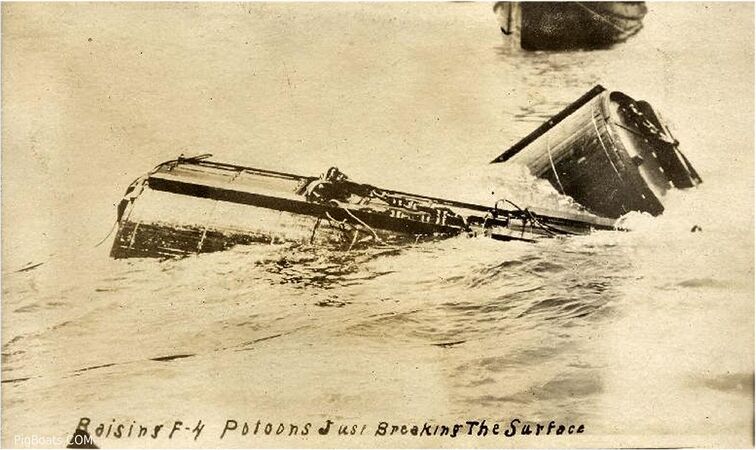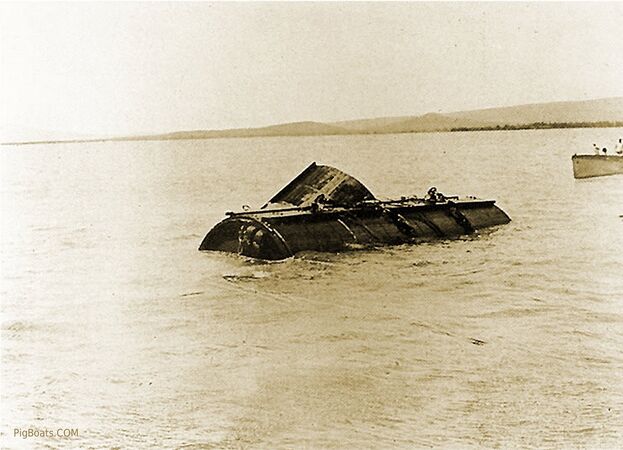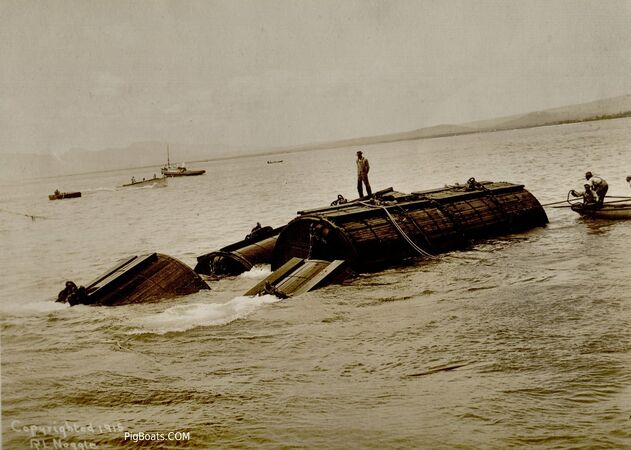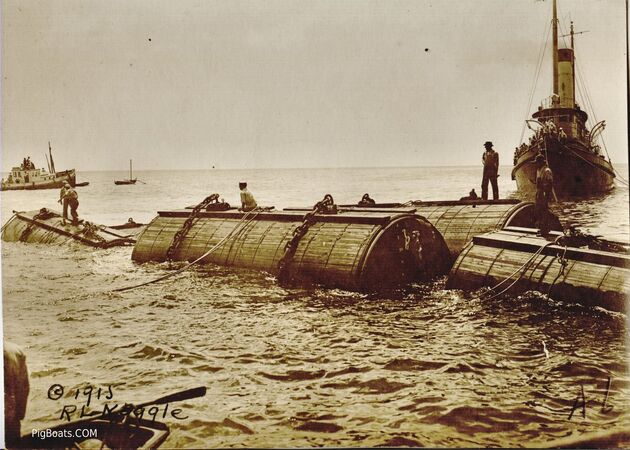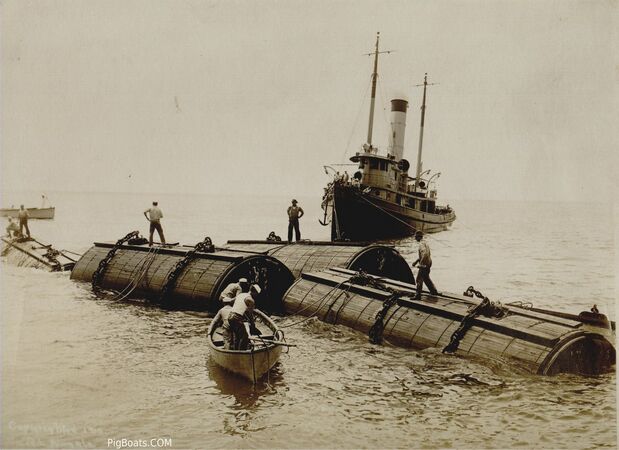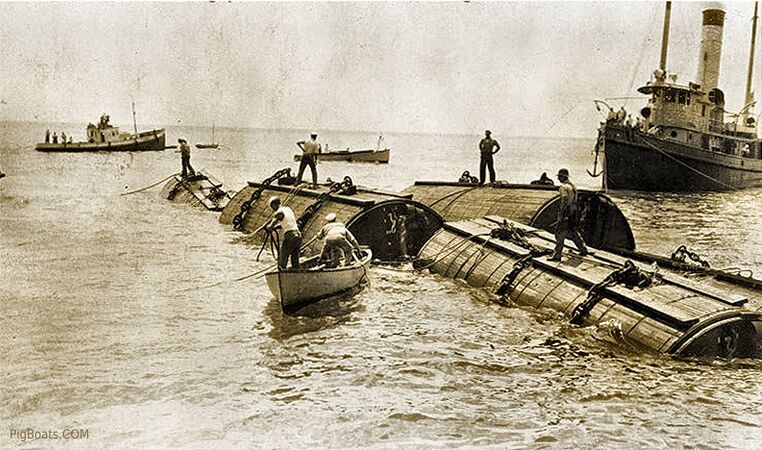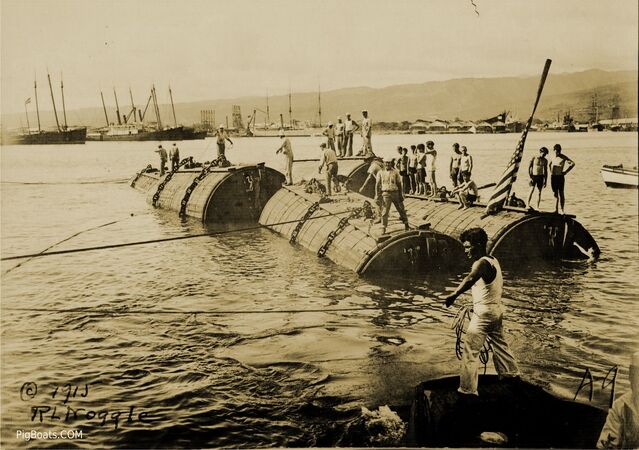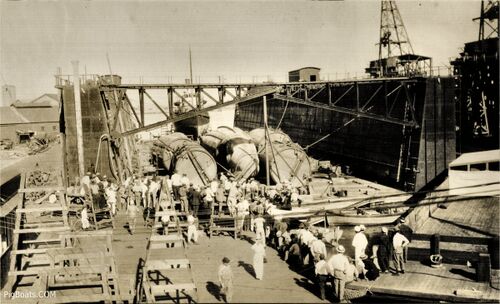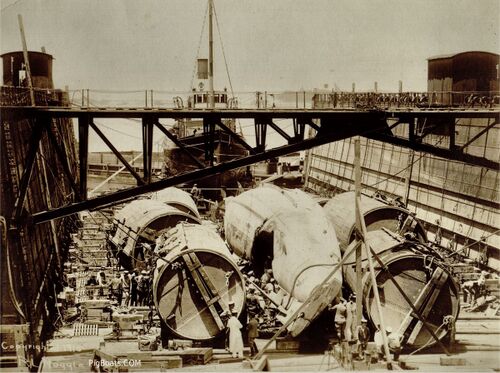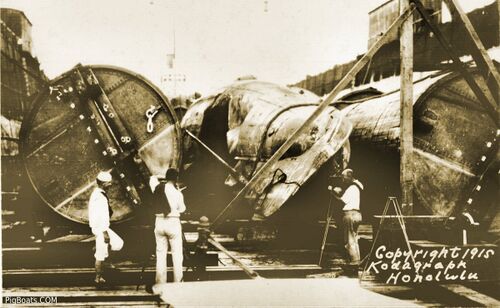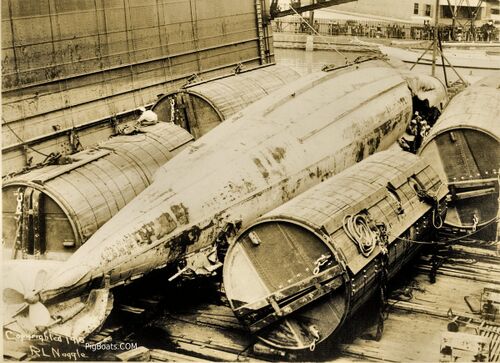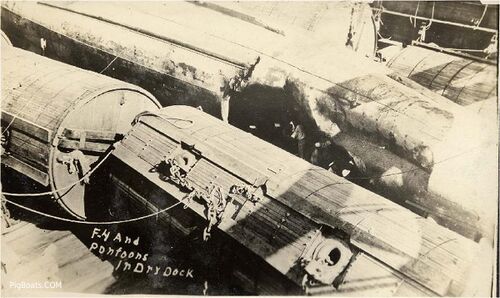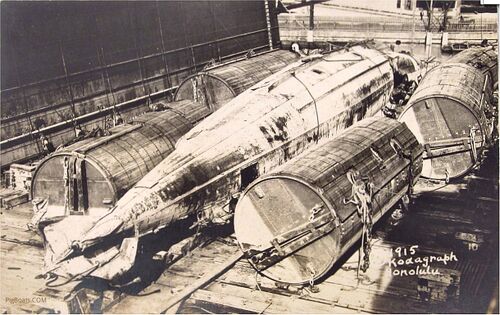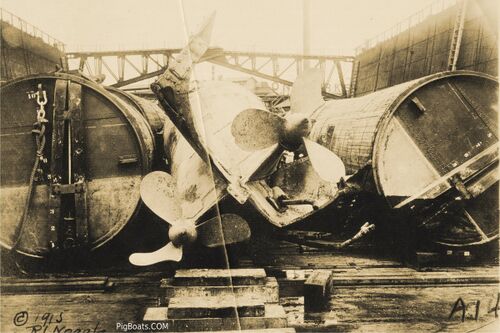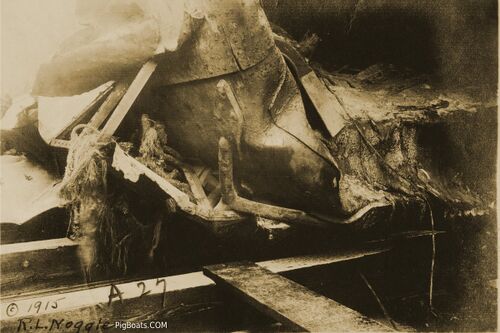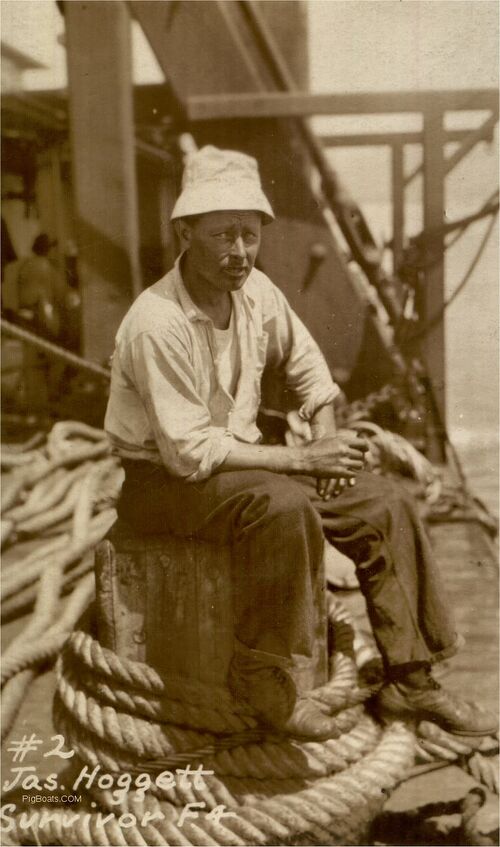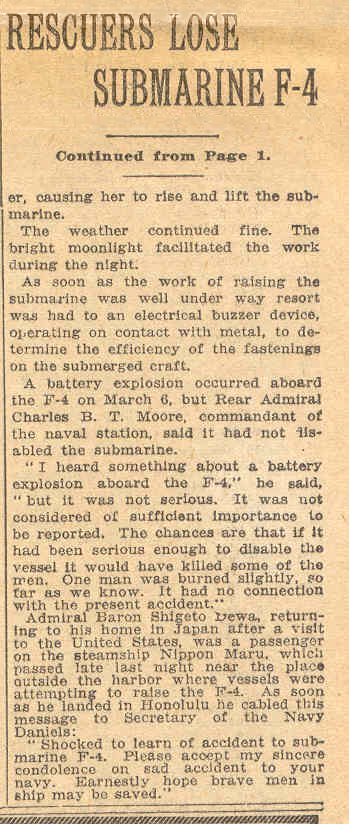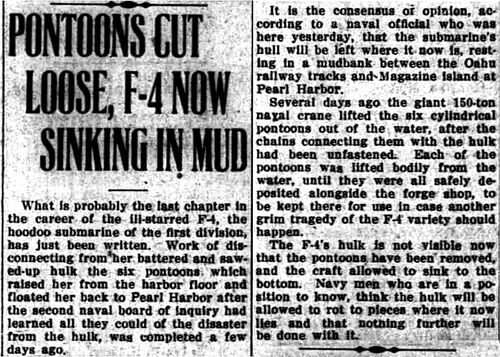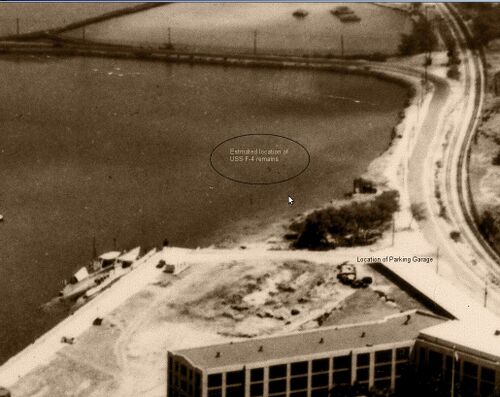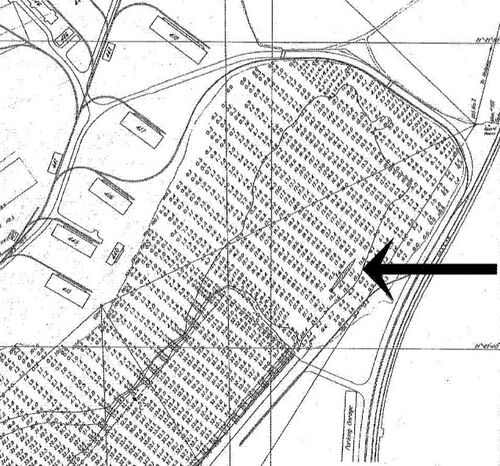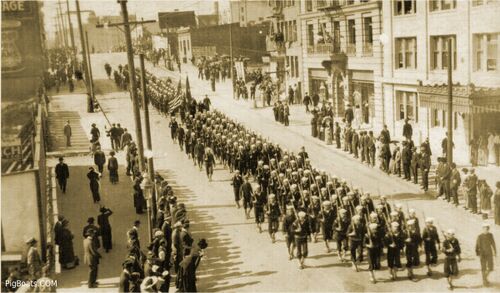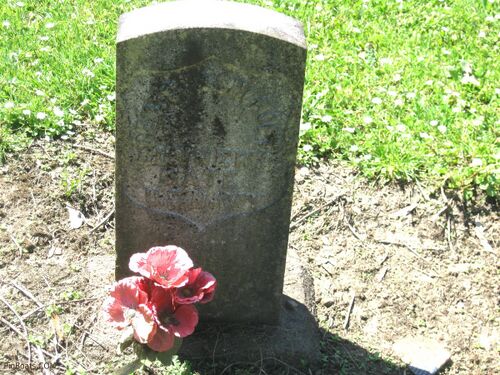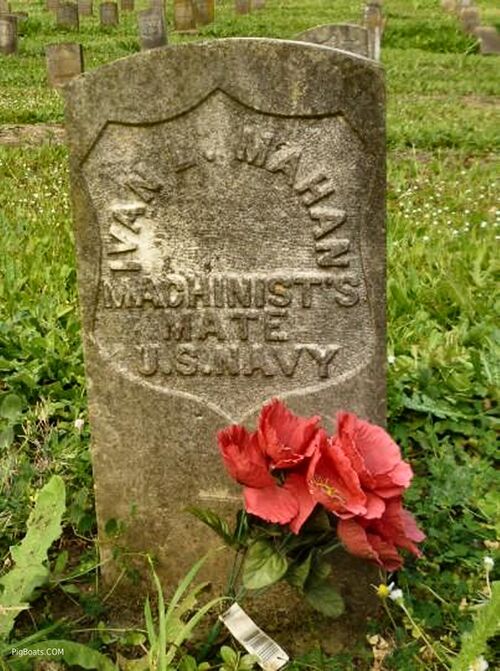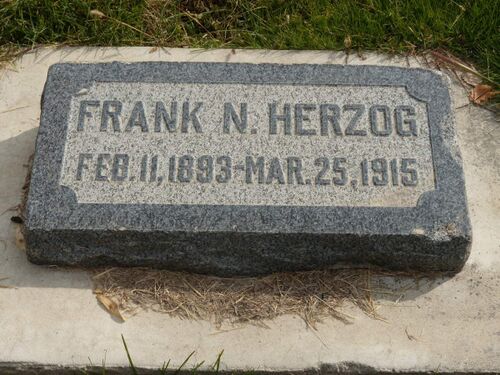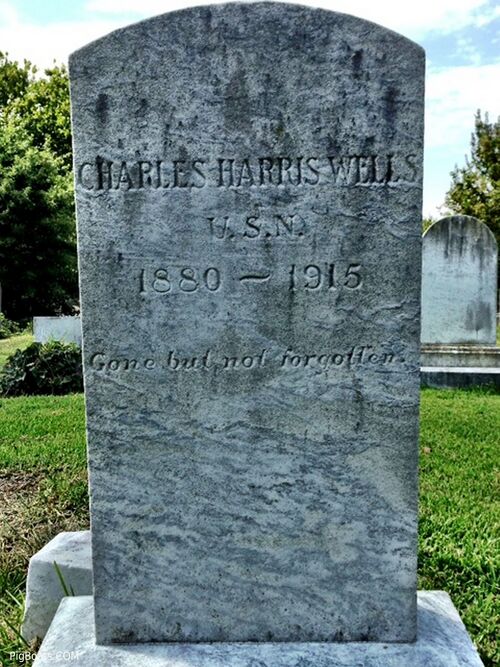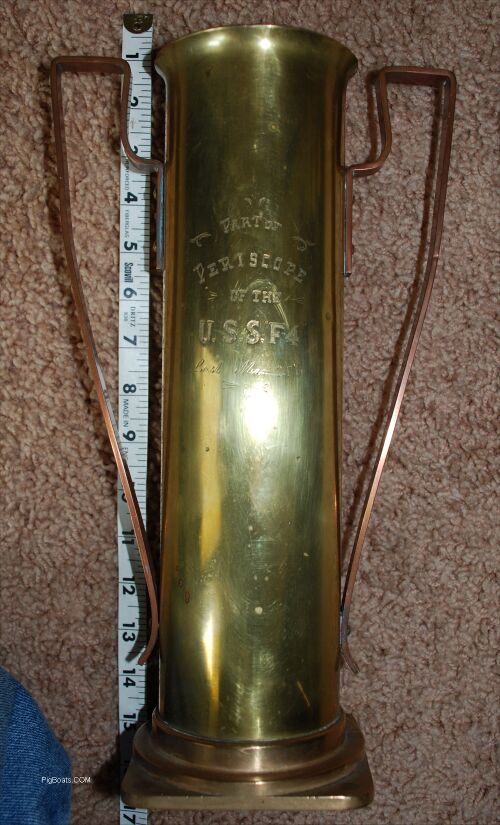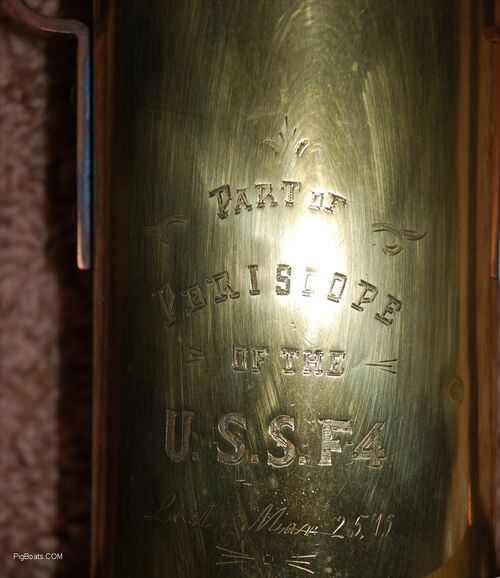F-4 salvage: Difference between revisions
Pbcjohnston (talk | contribs) Added captions |
Pbcjohnston (talk | contribs) mNo edit summary |
||
| Line 139: | Line 139: | ||
[[File:F-4 salvage 14 pontoons 9.jpg|left|500px]] | [[File:F-4 salvage 14 pontoons 9.jpg|left|500px]] | ||
<div style="text-align: justify;"><span style="color:#00008B">In a photo taken just a few minutes after the one above, the riggers are shown readjusting the lifting chains to the shortest amount so that the F-4 could fully enter the harbor and placed in drydock. | <div style="text-align: justify;"><span style="color:#00008B">In a photo taken just a few minutes after the one above, the riggers are shown readjusting the lifting chains to the shortest amount so that the F-4 could fully enter the harbor and be placed in drydock. | ||
<small>Photo in the private collection of Ric Hedman.</small> | <small>Photo in the private collection of Ric Hedman.</small> | ||
Revision as of 16:36, 8 September 2023
Search for the Lost Boat
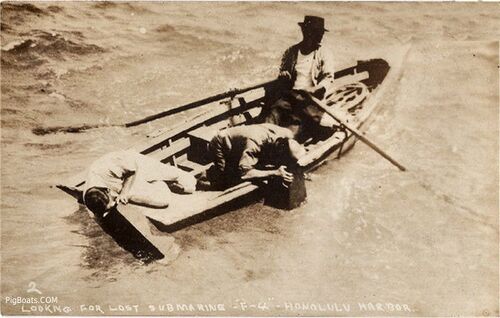
Here two men are using a box with a glass plate in the bottom that allowed a clearer view of things underwater.
Photo in the private collection of Ric Hedman.
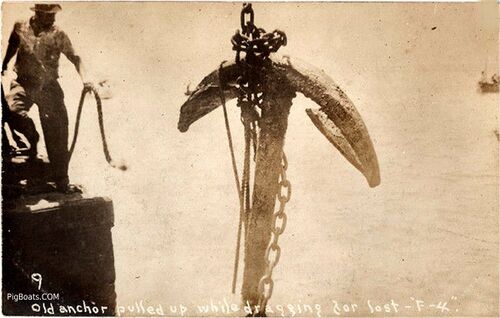
According to the Board of Investigation Report, when the weight of the anchor was discovered Jack Agraz, Chief Gunners Mate, a Navy diver from the USS F-1, donned his gear and followed the line to the target. Three crews of four men each manned the hand turned air pump suppling air to him. He discovered the grapple chain was wrapped around "an old anchor" at 215 feet. The F-4 had not been found.
Photo in the private collection of Ric Hedman.

Photo in the private collection of Ric Hedman.

Photo in the private collection of Ric Hedman.
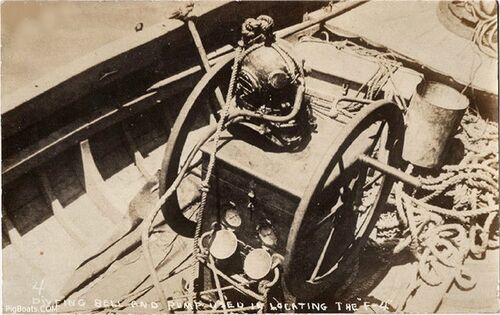
Photo in the private collection of Ric Hedman.
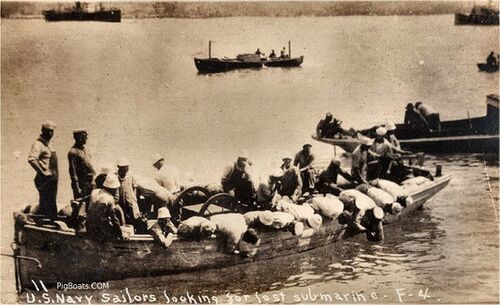
Photo in the private collection of Ric Hedman.

Photo in the private collection of Ric Hedman.
Salvage Work

Photo in the private collection of Ric Hedman.
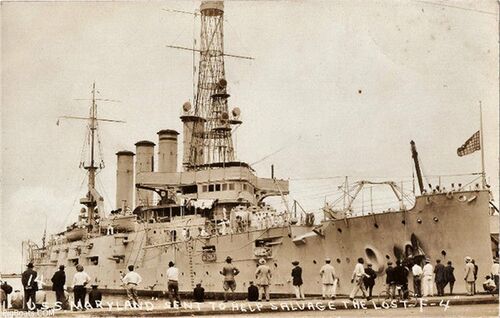
Photo in the private collection of Ric Hedman.

Photo in the private collection of Ric Hedman.
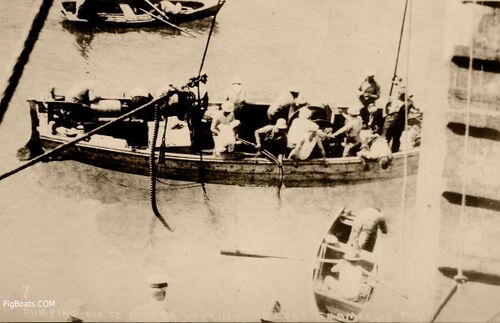
Photo in the private collection of Ric Hedman.
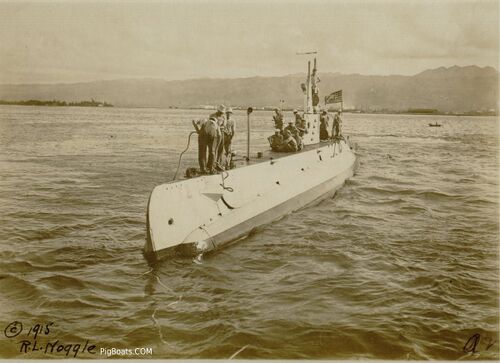
The rope that is being worked on by the men on deck can be seen floating in the water in front of the submarine. There is a similar one stretching from the after deck to what is assumed to be the salvage barge. The F-2 is probably in the process of mooring to that barge to supply the air needed for the pontoons.
Note the proximity to the shore. The F-4 sank just outside of the entrance to Honolulu Harbor, in Mamala Bay. With Oahu essentially being the top of an underwater mountain, the water depth drops off precipitously as soon as you leave the harbor.
Photo in the private collection of Ric Hedman.
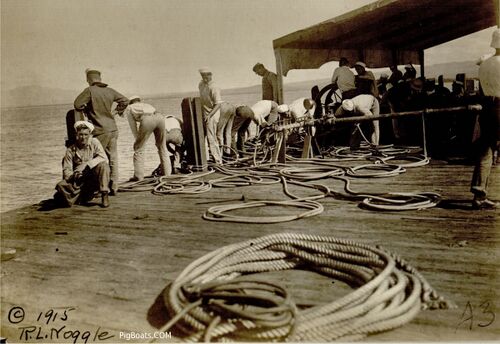
Photo in the private collection of Ric Hedman.
Raising the Boat with Pontoons
Photos in the private collection of Ric Hedman.

In the center background is the Navy floating cantilever pontoon crane YD-25. The crane had a lifting rating of 150 tons. Too little to have lifted the flooded F-4. She was destined to become a visual fixture at Pearl Harbor for the next dozen years.
In the left background the USS Maryland is moored. She is the vessel that brought the six lifting pontoons to Hawaii.
Newspaper photo.

Photo in the private collection of Ric Hedman.
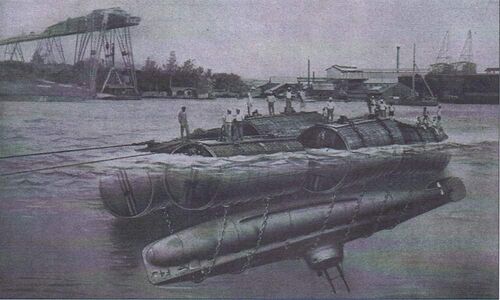
Photo from Beneath the Surface: WWI Submarines Built in Seattle and Vancouver by Bill LIghtfoot.

